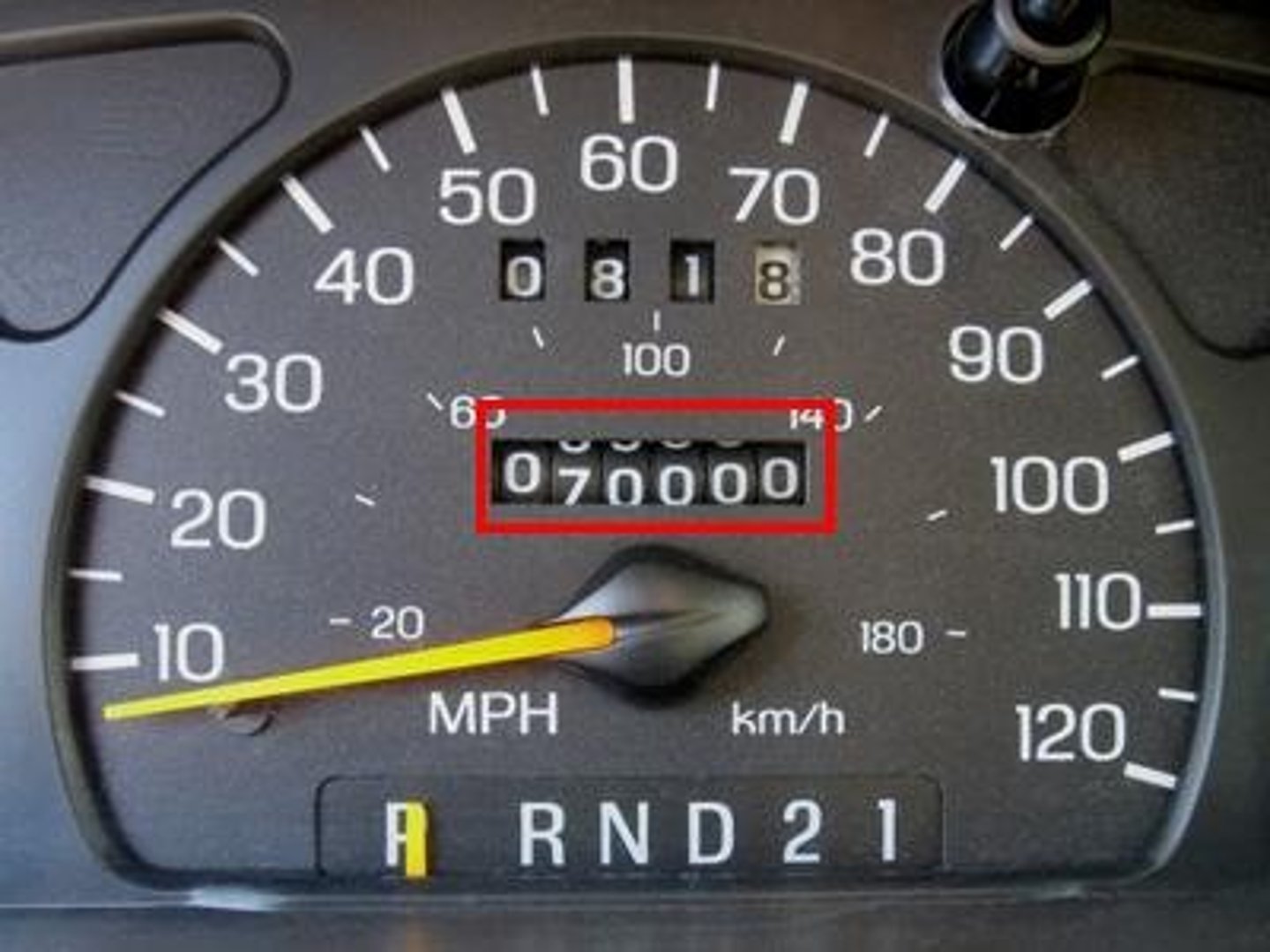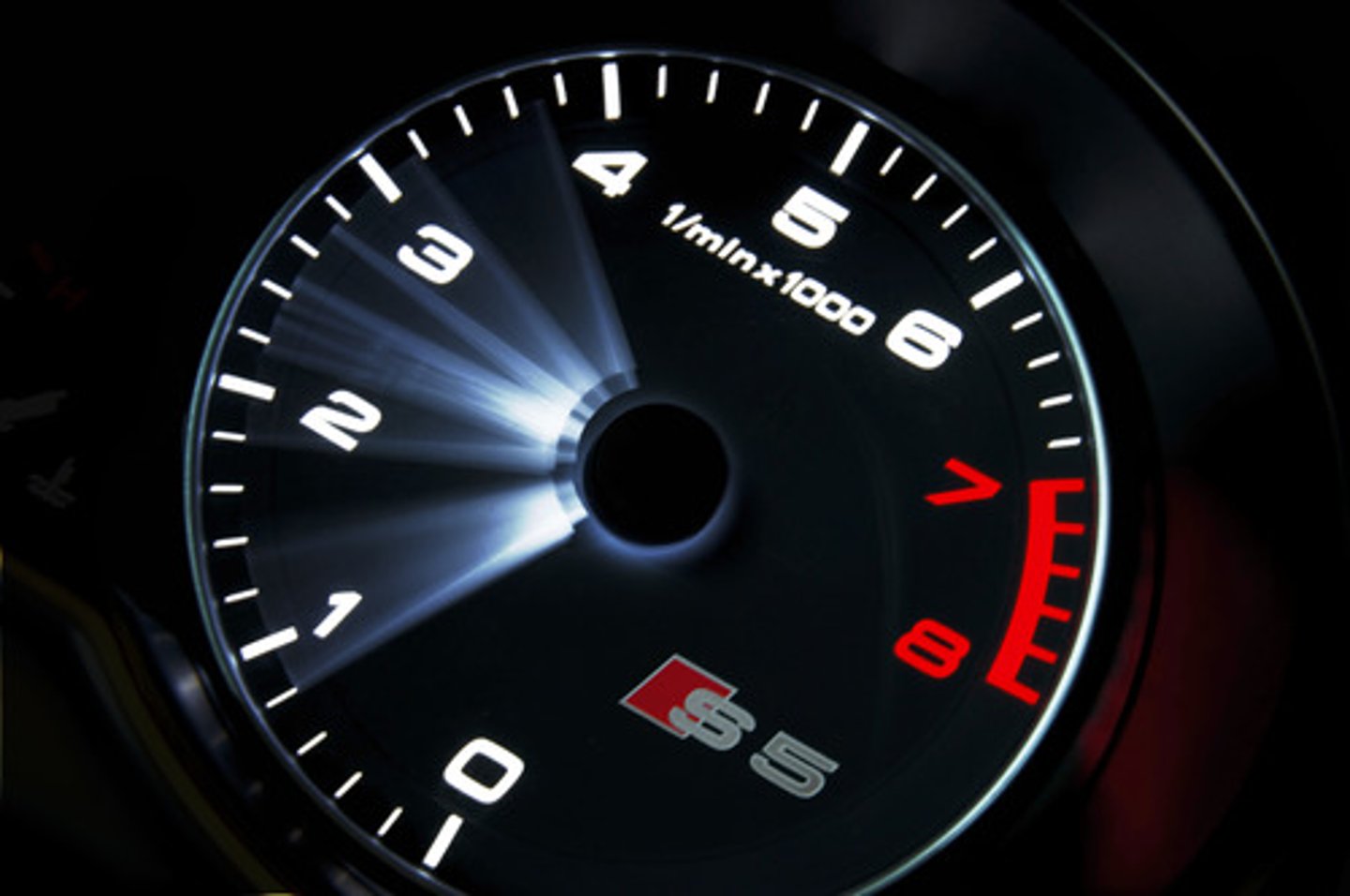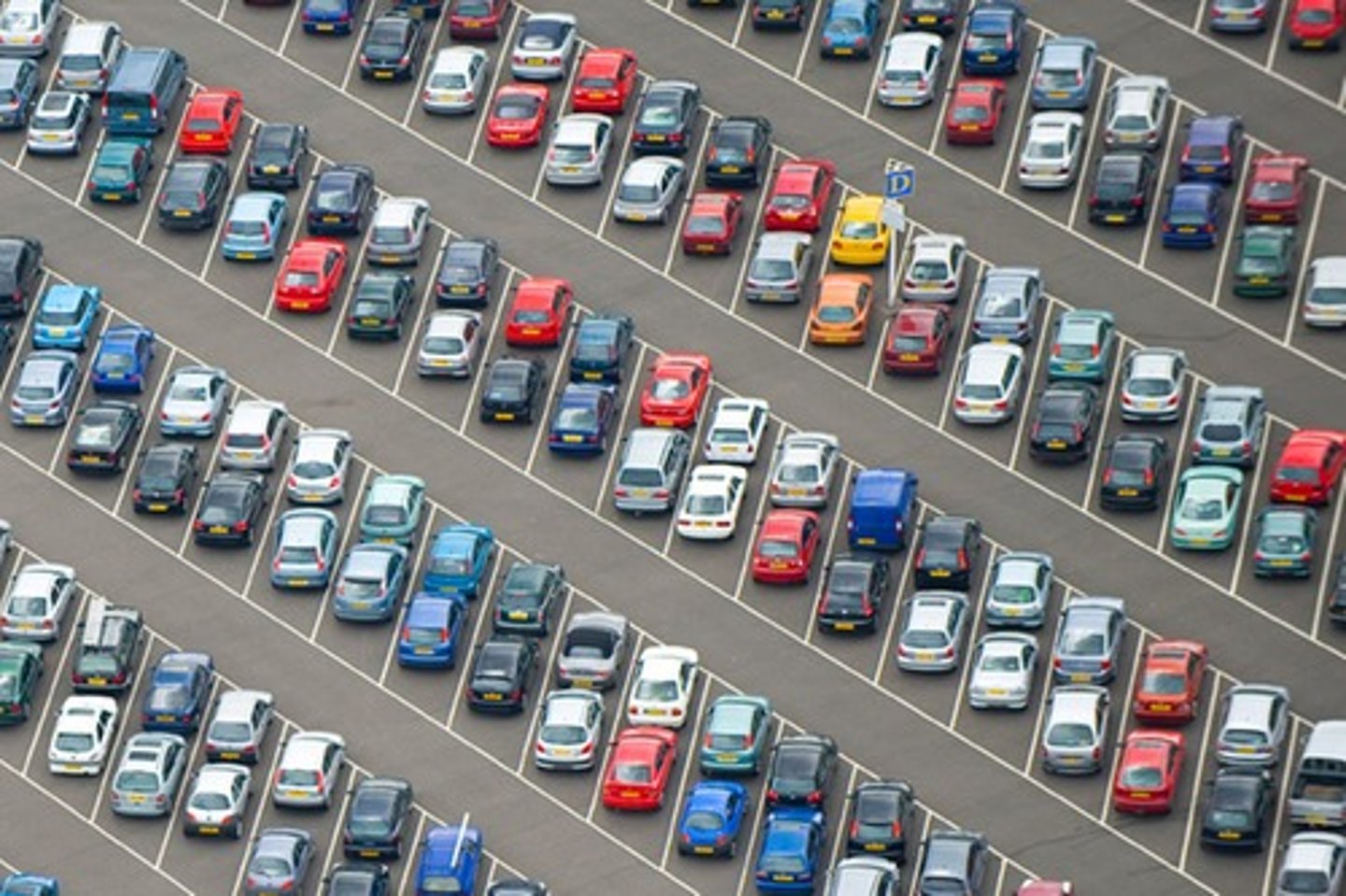Inspired Driving Study Guide: Everything You Need to Know!
1/144
There's no tags or description
Looks like no tags are added yet.
Name | Mastery | Learn | Test | Matching | Spaced |
|---|
No study sessions yet.
145 Terms
When can you book in-car lessons?
- after obtaining a permit
- Study the Ohio Driver Manual Digest of Motor Vehicle Law
- practice driving for 60 hours with an adult (10 hours being night driving)
- 6 months from test date
Highway Transportation System (HTS)
3 parts:
- People
- Vehicles
- Roadways

HTS purpose
to move people and cargo from one place to another in a safe and efficient manner
Multiple Causation Theory
there are multiple factors that can cause a collision
- 90% driver error
TIPIC
Temporary Instruction Permit Identification Card
TIPIC holders or probationary license holders who accrue 2 TWO moving violations before age 18...
will have their license suspended for 90 days
Three moving violations will result in a...
1-year suspension
TIPIC holders or probationary license holders who are convicted of certain TRAFFIC-RELATED violations before age 18...
will have their permit/license suspended for 6 months
Comfort and Control Systems
emergency brakes, cruise control, etc.
How much distance should your body be from the steering wheel?
10 inches
Your headrest should equal...
with the top of your head
Supplemental Restraint System (SRS)
Seatbelts and airbag systems ro help protect the driver and passengers
Safety Belt Rules
- children under 4 years old and 40 lbs. = child safety seat
- children under 8 OR under 4'9 = booster seat
- children under 16 = seat belt (basically all ages)
Visibility System
must have at least TWO working taillights
Anti-Theft System
- ignition buzzer
- steering column lock
- door locks
- trunk/hood locks
-alarms
Information Communication System
- speedometer
- Odometer
- tachometer
- parking/tail lights
- horn
- turn signal
- hazard warning lights
Speedometer
instrument for measuring speed

Odometer
an instrument used to measure distance traveled

Tachometer
A device used to measure speed of rotation.

Regulatory Signs
Tell drivers what they may or may not do
- Shape: rectangle
- Color: white, red, black
Warning Signs
warning of potential hazards in the road
- Shape: diamond
- Color: yellow, orange, black, fluoresent green
Guide Signs
information & directions to various locations
- Shape: rectangle
- Color: blue/white (service signs)
green/white, brown/white
Route Markers
identify highways by number and symbol
Interstate colors
Red, white, and blue shield
US Highway colors
black and white shield
North/South Markers
Odd #
East/West Markers
Even #
Incident Signs
emergency situation warning
- color: fluorescent pink
Chevron
change in direction (dangerous curves, edge of road, narrow bridge_
Traffic Signals
have specific colors to help traffic flow smoothly
Flashing Yellow Signal
slow down and proceed with caution
Flashing Red Signal
Same meaning as stop sign
Solid Yellow Signal
Prepare to stop; the signal is about to change.
Solid Red Signal
Stop; do not proceed until the signal changes.
Green Signal
Proceed through intersection if path is clear.
Green Arrow
You are permitted to drive in a lane marked with a green arrow signal (still being cautious).
Green Solid on a left turn
yield to oncoming traffic, go when safe
Traffic Officers
- Only operate on english motorways and A roads.
- They can stop and direct anyone on one of the above roads.
- ALWAYS listen.
Who should you always yield to?
- emergency vehicles
- pedestrians
- blind pedestrians
- at Stop Signs
- at traffic lights
Four Ways Stops (yield)
car arrives first = right of way
same time? - car on the right has the right-of-way.
Left Turns (yield)
yield to oncoming traffic & pedestrians
Uncontrolled Intersection
You must yield the right-of-way to a vehicle on your right.
Yield Signs
proceed without coming to a full stop; slow down right of way
Entering from a driveway
Yield to vehicles on the main road.
Lane Ends
Freeway Merge
Single Road to Multiple Road
Multiple lane intersections not controlled
T-intersections
yield to traffic and pedestrians, they have right of way
Funeral Procession
Yield the right-of-way and do not break through the procession
Railroad Crossings
- yield & follow signs that indicates an approaching train
Stop within 50 feet, but not less than 15 feet
Driving on Multiple-Lane Roadways
**The furthermost right lane must yield the right-of-way. to the vehicle in the furthermost left lane
Roundabouts
Yield to traffic already in the circle/right of the circle
Right turn on Red
complete stop, but yield to incoming cars & pedestrians
Left Turn on Red
Allowed from one-way to one-way street.
Speed law
Drive at a speed that is reasonable for traffic
Starting the Vehicle
- parking brake is set & gear selector in park
- Place your right foot on brake with heel on the floor
- turn key clockwise to turn "ON" (or press START)
- check gauges and alert lights
- activate headlights
- select/operate vehicle accessories
- recognize warning lights & symbols
Hand-to-hand Steering
Steering technique which permits the driver to make steering inputs while keeping both hands on the wheel
Hand-Over-Hand Steering
pulling the steering wheel down with one hand while the other hand crosses over to pull the wheel farther down (more tighter turns)
Ready to Drive
- Sit straight, back pressed against back of the seat.
- sit directly behind the wheel (10 inches)
- left food on dead pedal
- heel on right foot on floor to change between gas or brake
- hands on outside of wheel (8 and 4)
- left hand no higher than 9 or lower than 7
- Right hand no higher than 3 or lower than 5
Slowing/Stopping
- check traffic
- release accelerator
- heel on footboard
- check rear zone (mirror)
- apply firm pressure
- release for 1-2 seconds
* Too much pressure = lurch forward
Backing the Vehicle
** DON'T rely on mirrors.
1.) brake
2.) reverse
3.) sit/search
4.) release break
5.) idle (dont press accelerator)
Changing Lanes
- safe distance
- gap
- singal right or left
- check blind spots
- adjust speeds
- steer or cancel
- adjust speed
- check mirrors
Left and Right Turns
**Signal Intent: 100 feet (3-4 sec)
- search all roadways
- check mirrors
- signal intent
- adjust speed
- position vehicle
- check turning path
- Steer in the proper lane
- Tap brake.
- Adjust speed/stoop.
Reversing Direction
- U-turns
- 2 point turns
- 3 point turns
Which type of turn is the safest?
2 point turn
Parking
- angle parking
- perpendicular parking
- parallel parking (1.5 car lengths)

Parking on Hills
down hill with or without curb=turn wheels to right
up hill with curb= turn wheels to left
up hill with OUT curb= turn wheels to right
downhill parking
Turn wheels to curb
uphill parking
turn wheels away from curb
Being Passed
- release accelerator
- bo not brake or match the speed on the car
- allow space between both cars
sharing the roadway: pedestrians
most collisions happen at intersections
sharing the roadway: animals
safe path in lane (drive through deer)
sharing the roadway: motorcycles
smaller size makes it difficult to judge SPEED and DISTANCE
sharing the roadway: bicycles, mopeds, scooters
ride on the RIGHT side of the road
House BIll 154
Pass at a distance at least 3 feet for bicycles
sharing the roadway: large trucks/buses
- slower to accelerate
- slower to stop
- slosh/surge: liquid in the car, causes then to take longer to stop
- no zone: 200 feet behind truck
- blind spots: front, back sides
sharing the roadway: emergency vehicles
- MOVE OVER LAW: all drivers to slow down and move over one lane when passing by any vehicle with flashing and rotating lights parked on the roadside
- MOVE OUT OF THE WAY: pull over as parallel as possible, STOP and allow emergency vehicle to pass, check traffic, DON'T FOLLOW RESPONDER
sharing the roadway: work zones
- work zone signs
- expect the unexpected
- stay calm/patient
sharing the roadway: School bus stops
- drivers must STOP and YIELD to a stopped school bus when it is unloading passengers.
- 2 Lane Roadway: vehicles on both sides of the roadway must stop in either direction
- 4-Lane Roadway: Those traveling in the opposite direction of the bus do NOT have to stop. Vehicles traveling in the SAME direction must stop
- a driver must stop at least 10 feet from the FRONT or BACK of the bus
SIPDE
Search: roadway and off-roadway area (20-30 sec)
Identify: objects or conditions (12-15 sec)
Predict: what actions/changes would increase level of risk
Decide: actions to take 4-5 seconds ahead of time
Execute: making a decision
SEE
Search: High-risk situations (20-30, 12-15, 8-12, 4-5)
Evaluate: risk potential (slow down before you enter the curve, accelerate as you exit the curve)
Execute: make your decision.
Smith5keys
1.) Aim high in steering
2.) Get the big picture
3.) keep your eyes moving
4.) leave yourself house
5.) make sure they see you
Space Area between cars
determine following distance
- 3-4 seconds on dry roads
- use a fixed object
5+ seconds:
- roadways are slippery.
- visibility is poor.
- driving at night
- driving at higher speeds
- following large vehicles
Distracted Driving Sight
90-95% driving clues
visual acuity
ability to see clearly and distinctively
- 20/20 = normal
- 20/40 = corrected
fields of vision (peripheral)
ability to see things to the side and above while looking ahead
- detect motion and color
- detect overhead sign
depth perception
judging distance between two objects
- detect distance to and between an object
- detect closing potential on your path of travel
color vision
ability to distinguish colors
- important signs, signals, and emergency vehicles
- color blindness: most common is red/green
night vision
Ability to see clearly in darkness
glare recovery
how quickly the eyes can recover from glare
Distracted Driving: Fatigue
- physical strain
- mental strain
- monotonous tasks
- illness
- lack of sleep
- reducing the effects
Distracted Driving: Short-Term Illness or injury
effect: dulls senses, fatigue, pain, limited physical movement, drains strength
- drive slower
- pick an east route to take
- drive within your capabilities
Distracted Driving: Medication
effect: drowsiness, reduced concentration, and alertness
- read warning labels
- Avoid taking medications that affect driving abilities (or don't drive).
Carbon Monoxide
a colorless, odorless, and poisonous gas
senate bill 288
text and cell phone use primary traffic offense
Types of Distracted Driving:
visual, manual, cognitive
Distracted Driving: Reaction Time
using a phone is 35% slower than using marijuana and 12% slower than drinking and driving.
Driver/Passenger responsibility
Driver: responsible for the safety of all passengers
Passenger: be responsible/respectful
Driver Fitness (OVUAC)
Operating
Vehicle
Under
Age
Consumption